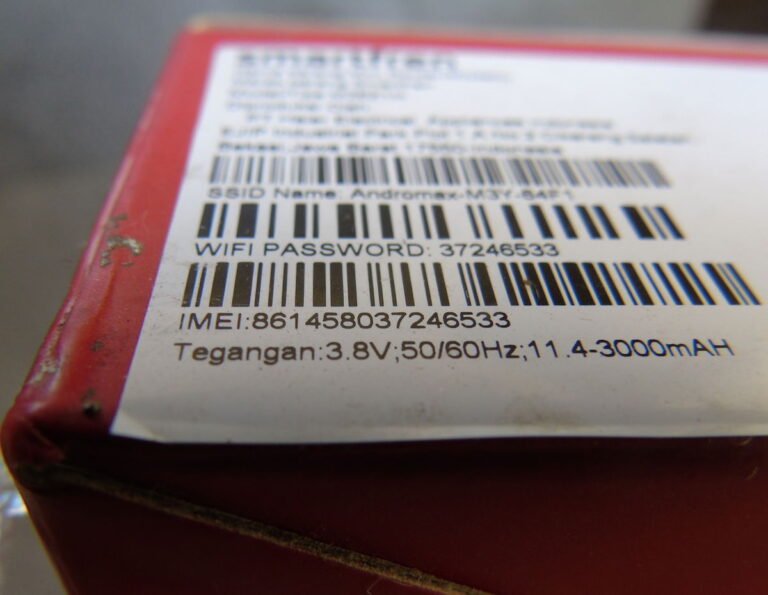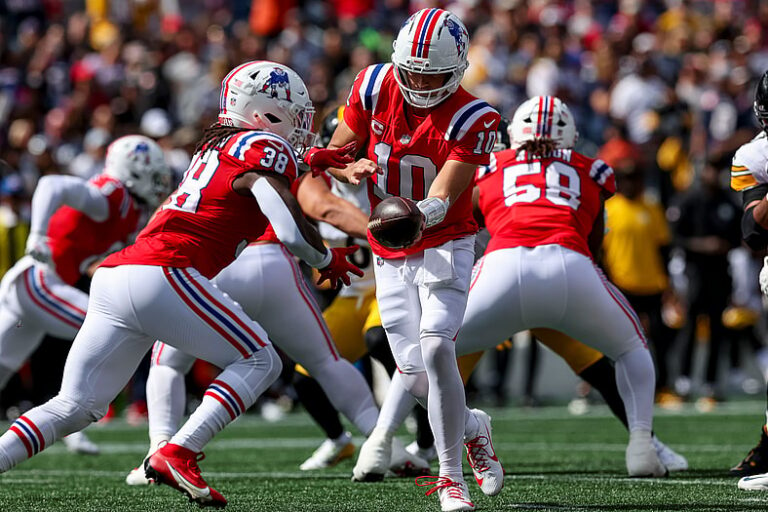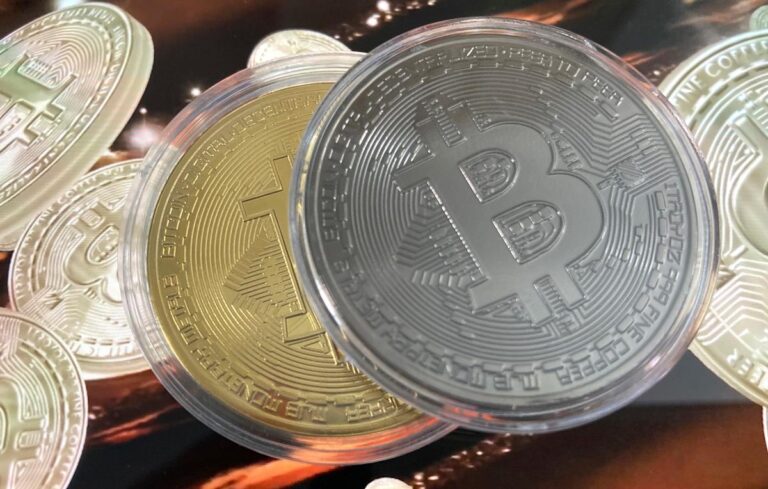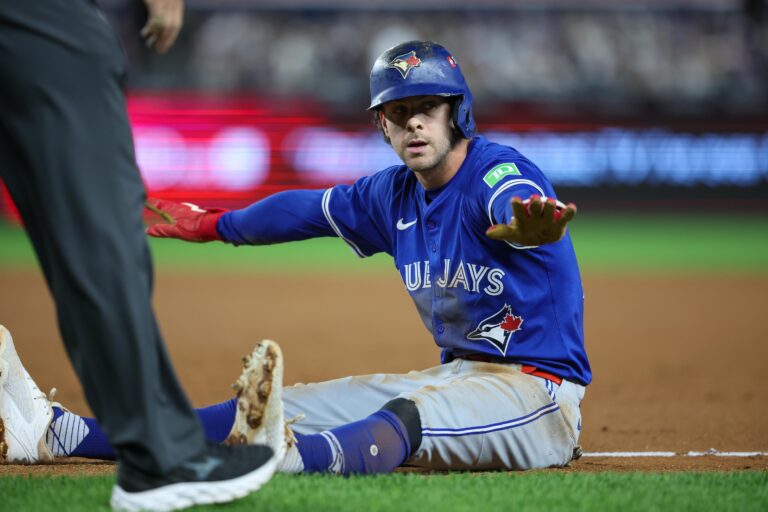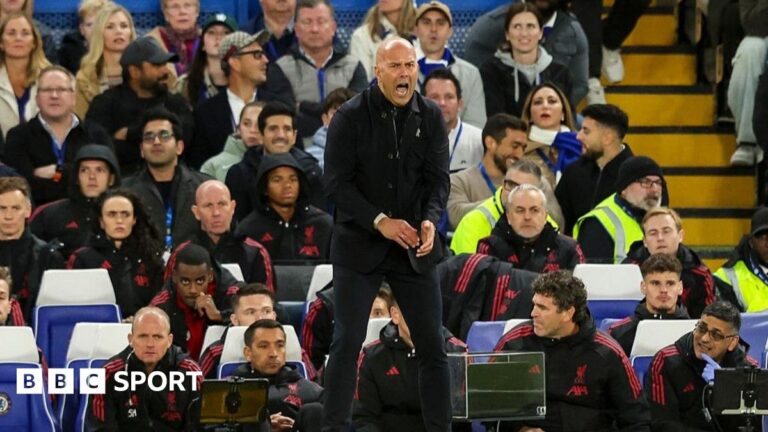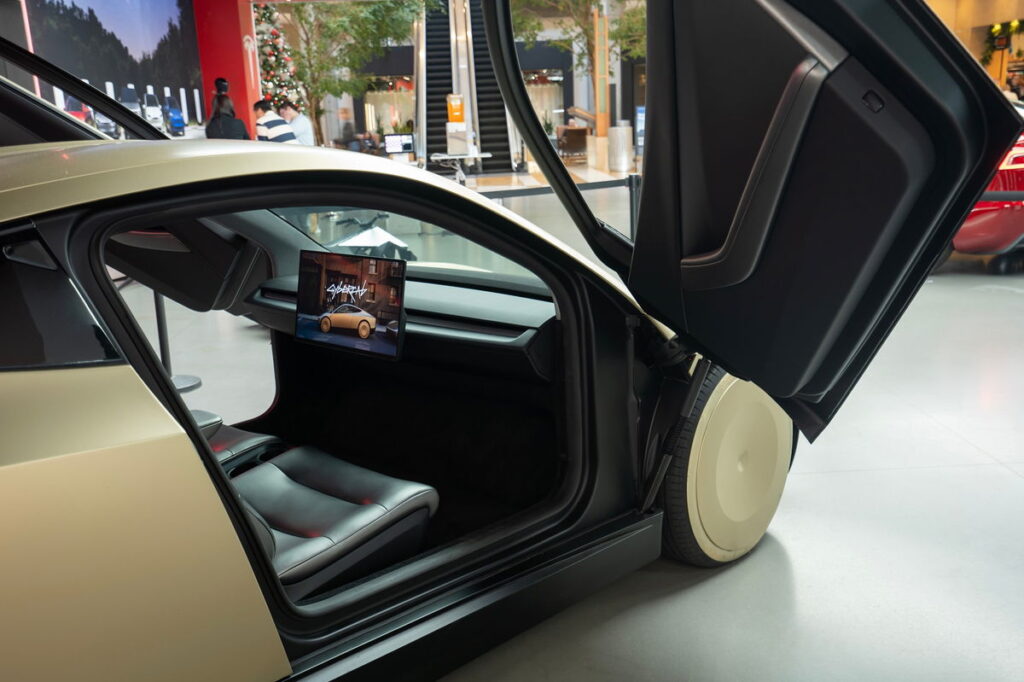
This actual Tesla robotaxis were not the ones used this Sunday in Austin, Texas | Credits: Shutterstock
Tesla rolled out a small number of self-driving traxis, picking up young passengers on Sunday in Austin, Texas, with CEO Elon Musk announcing the “robotaxi launch.” Meanwhile, influencers and shareholders shared videos on X of them participating in rides.
Analysts who also took rides said the “low-key” robotaxi launch highlights Tesla’s bid to rival existing self-driving taxi operators in the US and China, as the sector continues to grow, the BBC reported on Monday.
Waymo, owned by Google’s parent company Alphabet, along with Amazon’s Zoox, already offers self-driving taxi rides in Austin, San Francisco, California, and Phoenix, Arizona. Uber, which recently announced it would accelerate trials of driverless taxis in the UK, has partnered with Chinese firms Pony.AI, WeRide, and Momenta to bring autonomous ride-hailing to more cities outside the US and China.
Culmination of a decade of hard work
Musk “super” congratulated Tesla’s artificial intelligence and chip design teams on the launch in a post on X, writing that it was “the culmination of a decade of hard work. Both the AI chip and software teams were built from scratch within Tesla.”
Ahead of Sunday’s pilot, Musk said in a separate X post that the “robotaxi launch begins in Austin this afternoon, with customers paying a $4.20 flat fee”.
The CEO and Founder of Dell Technologies, Michael Dell, responded to Musk’s post saying, “Awesome! Looking forward to seeing lots of robotaxis all over Austin.” The Immortal posted a video on X showing Elon Musk boarding a robotaxi.
The small fleet of vehicles does not yet include the Cybercab, the futuristic car concept unveiled by Musk at Tesla’s “We, Robot” event in October, which the Tesla CEO said will be the company’s future driverless taxi.
A low-key affair
Instead, it was existing Tesla vehicles, with a small “robotaxi” logo on the side, that took to Austin streets on Sunday, the BBC said.
Forrester analyst Paul Miller described the launch of the pilot as a low-key affair. “As expected, only a handful of vehicles are available right now; they only operate in a small part of the city, and there’s a safety driver in the vehicle in case it encounters situations it cannot handle autonomously,” Miller added.
The Forrester analyst also said Tesla is betting that the volume of cars it delivers, the data it has from vehicles, and cheaper, camera-based self-driving technology “will allow it to come from behind and pull ahead” of its rivals.
However, Miller said that Tesla’s ability to compete, particularly with Chinese firms dominating the sector, will depend on the improvement of its advanced assisted driving system, which Tesla calls Full Self-Driving (FSD).
Adding to Tesla’s costs
FSD has been subject to scrutiny by US auto regulators and complaints from customers about its safety.
“If that FSD system isn’t a big leap forward from the driver assistance tech that buyers of regular Teslas already use in some countries, it’s going to need a lot of remote monitoring and control from an army of teleoperating safety drivers,” Miller said. “This will add to Tesla’s costs, and offer plenty of opportunities for embarrassing videos of Tesla robotaxis doing weird things.”
According to Reuters, the US National Highway Traffic Safety Administration is reviewing information from Tesla regarding the safety of its self-driving taxis in bad weather, following a request in May.
As Tesla’s robotaxi rollout date approached, Texas lawmakers moved to enact regulations for autonomous vehicles. Texas Governor Greg Abbott, a Republican, signed legislation on Friday requiring a state permit to operate self-driving cars, Reuters said in a separate article. The law, which signals that state officials want the driverless-automobile industry to proceed with caution, takes effect on September 1st.



